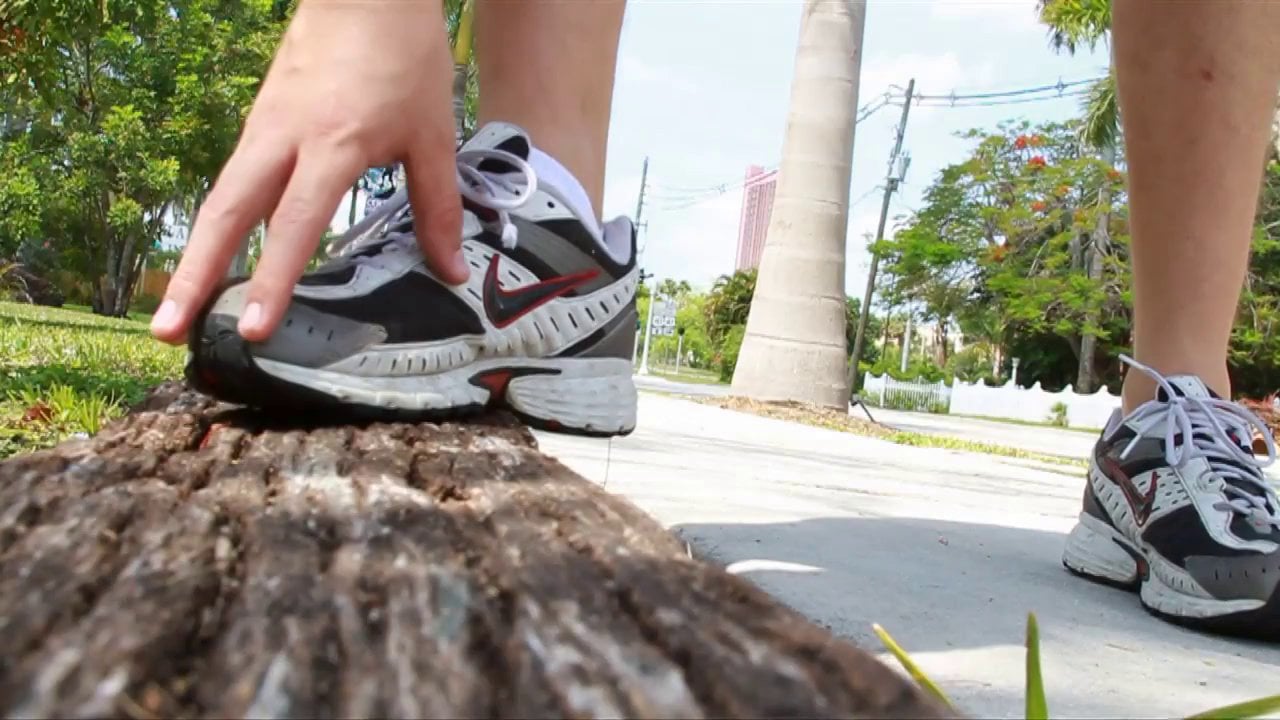
It’s easy to understand what an “acute” injury is. There is an incident or accident that causes a sprain, tear, or a break. An “overuse” or chronic injury is something much more subtle and will generally occur over time as a result of a repeated stimulus. In some cases this is obvious, others not so much. Understanding the factors involved will help with your choices of care.
Anybody that has missed a step, rolled an ankle, or been in a car accident know what an “acute” injury is. “Something” has happened. There is usually a pretty direct path for care in the form of immobilization, physical therapy, and home care that gets us back to 100%.
“Overuse” injuries are a whole different ball game that invite a host of follow up questions. These are conditions that develop over time, so there are MANY factors that have to be considered. What is the stimulus that injured it? Movement generally incorporates several joints, so why did one area “break down”? Most of us have two feet, knees, femurs, elbows, and shoulders, so why would one side of the body get “overused” instead of the other? Let’s take a further look.
Smaller motions that isolate joints can be easy to identify. At this point, most of us have experienced some wrist, thumb, or finger pain after extensive use of the computer or cell phone. Chopping and cooking during the holidays is another great example, where a repetitive motion will flare up some symptoms. Taking a break usually clears this up.
Larger motions like throwing a baseball or swinging a tennis racket involve more joint and muscle action. Shoulder or elbow pain after a season of playing tennis can be classified as “overuse”, but the cause and treatment must be looked more holisitically. Smooth contact with a tennis racket requires good foot position, hip, trunk, and shoulder motion. If any part of these chain reactions don’t function well you could end up with “overuse” pain. Depending on the individual, and the area of disfunction, the pain could be at the knee, back, shoulder or elbow.
Running is another great example. “Overuse” injuries like shin splints, runners knee, or plantar fasciitis, can often be unilateral (on one side of the body). We obviously run using both legs so the term “overuse” doesn’t clarify anything. The mechanics of the foot, knee, hip, and trunk must all be analyzed to get to the root of the problem. Tight or unstable muscle groups on one side of the body may be a contributing factor to pain on the other side. Old injuries, scar tissue, or tight fascial lines are all part of the conversation.
If you have a job that requires regular physical stimulus, are suffering from chronic symptoms that aren’t clearing up, or can’t enjoy your favorite activities, here’s some suggestions:
- Build a routine that warms up your before your activity.
- Take a full body approach to the motions involved in your chosen actions.
- Aim to provide a balance of flexibility and strength to all joints and muscles involved.
- Treat acute injuries appropriately with recommended therapy, and stick with it until the inflammation subsides
- Seek out practitioners that appreciate a full body approach to treatment. An integrated practice will have better long term results.

